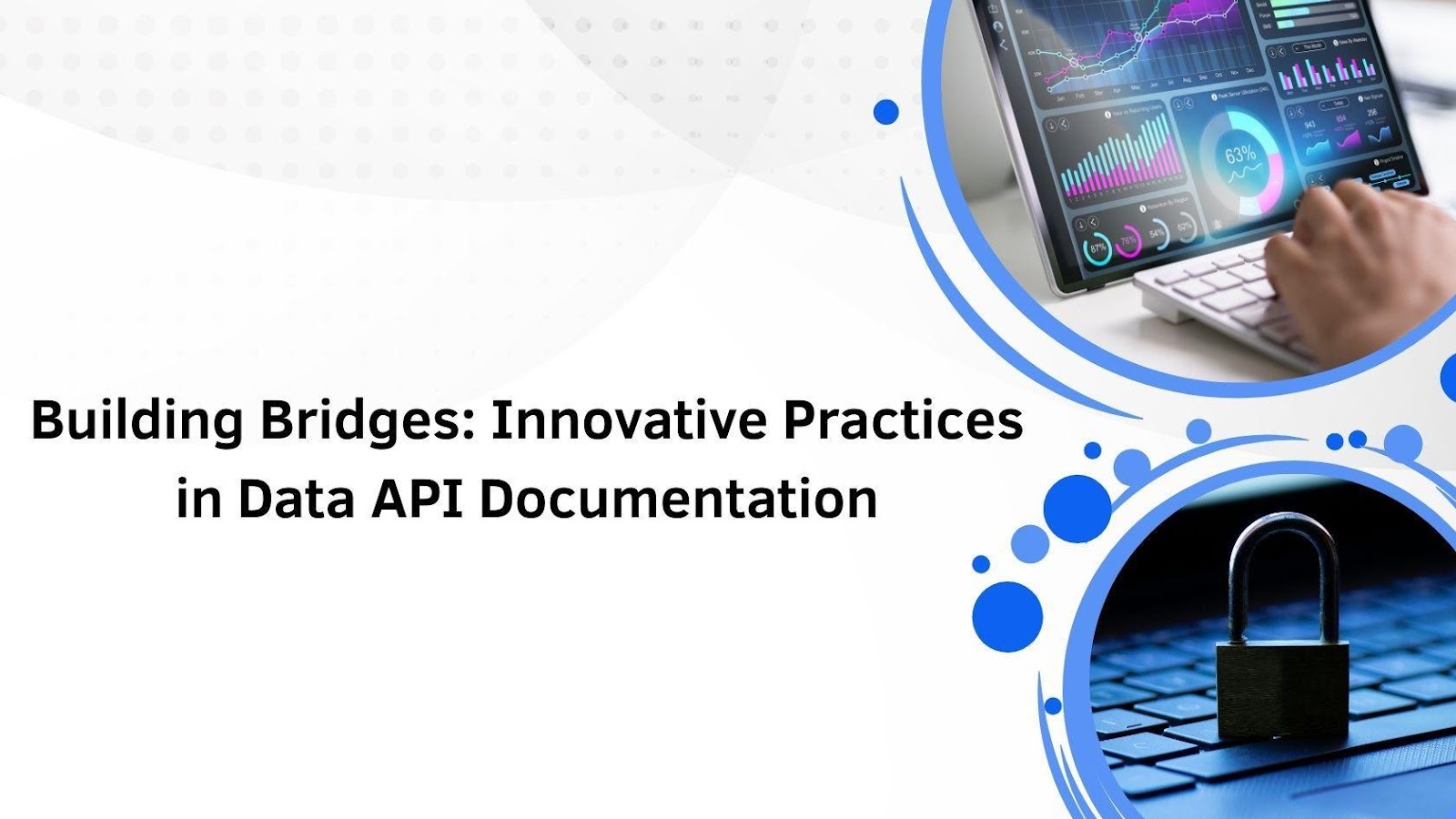In a rapidly evolving digital landscape, the role of Application Programming Interfaces (APIs) as the connective tissue of software systems has never been more critical. Yet, as Quang Hai Khuat insightfully points out, the success of APIs largely hinges not just on their functionality but on the quality of their documentation. Drawing on a strong academic foundation and technical expertise, he delivers practical, developer-oriented insights presented in a clear and compelling manner.
Treating Documentation as a Product
The first innovation that sets the framework for effective API documentation is the shift toward treating documentation as a standalone product. This change emphasizes understanding the diverse needs of different developer segments. By considering documentation as a dynamic, user-centered product, providers can design it to meet varying technical expertise and usage contexts. This mindset transforms documentation from an obligatory add-on into a critical tool that reduces cognitive load and accelerates adoption.
Clarity, Consistency, and Completeness
Another groundbreaking approach lies in the relentless pursuit of clarity, consistency, and completeness. Fragmented or inconsistent documentation dramatically increases integration time and developer frustration. A clear, logically structured presentation of endpoints, authentication mechanisms, data models, and query options not only streamlines the onboarding process but fosters long-term user loyalty. These principles, when implemented rigorously, make the difference between a successful API integration and one that never gets off the ground.
A Documentation-First Development Strategy
A documentation-first development strategy emphasizes creating documentation alongside the API rather than saving it for the end. This proactive method allows developers to spot usability challenges early, refine API design, and guarantee comprehensive coverage. By bridging the traditional gap between development and end-user support, it fosters a smoother, more efficient workflow. Developers benefit from clear, user-friendly resources from the start, leading to stronger adoption and fewer support issues. As a result, the documentation-first approach is increasingly recognized as a key element in modern, user-centered API development.
Making Complex Concepts Accessible
Balancing technical depth with accessibility is a major innovation in modern API documentation. While technical accuracy is essential, so is the ability to make complex ideas approachable. Techniques like progressive disclosure—presenting basic concepts first and offering deeper details as needed—allow both novices and experts to navigate documentation efficiently. Visual aids, simplified schema diagrams, and real-world examples serve as essential tools to lower barriers and enhance understanding.
Empowering Developers with Interactivity
One of the most notable shifts in documentation practices is the integration of interactive elements. Tools like interactive consoles, sandbox environments, and automated client generators have fundamentally changed how developers engage with documentation. These innovations allow users to test queries, explore data models, and experiment with API endpoints in real-time, significantly reducing the learning curve. Such interactivity transforms passive documentation into an active learning experience, making the integration journey smoother and more intuitive.
Future-Proofing Through Automation and Analytics
To maintain relevance and accuracy, documentation now increasingly relies on automation. From syncing updates with API changes to auto-generating schema diagrams, these practices ensure documentation evolves alongside the product it describes. Additionally, analytics play a growing role in identifying friction points and guiding improvements based on real usage data. By embedding feedback loops into the documentation lifecycle, providers can offer continuously improving resources tailored to developer needs.
Preparing for a New Era
Looking ahead, the trends discussed hint at a future where documentation becomes even more immersive and intelligent. Artificial intelligence will assist in drafting and validating content, while augmented and virtual reality technologies could offer new ways of visualizing complex systems. Personalized documentation paths and real-time feedback mechanisms will likely become standard, offering developers a tailored and responsive experience that adapts to their expertise and project requirements.
In conclusion, as Quang Hai Khuat expertly demonstrates, great API documentation is no longer a luxury but a strategic imperative. Organizations that invest in clarity, consistency, interactivity, and continuous improvement position themselves to drive higher developer satisfaction, faster adoption, and broader ecosystem growth. The innovative approaches highlighted here signal a shift towards documentation that not only explains but empowers, ushering in a new era where exceptional developer experiences become the norm rather than the exception.




























